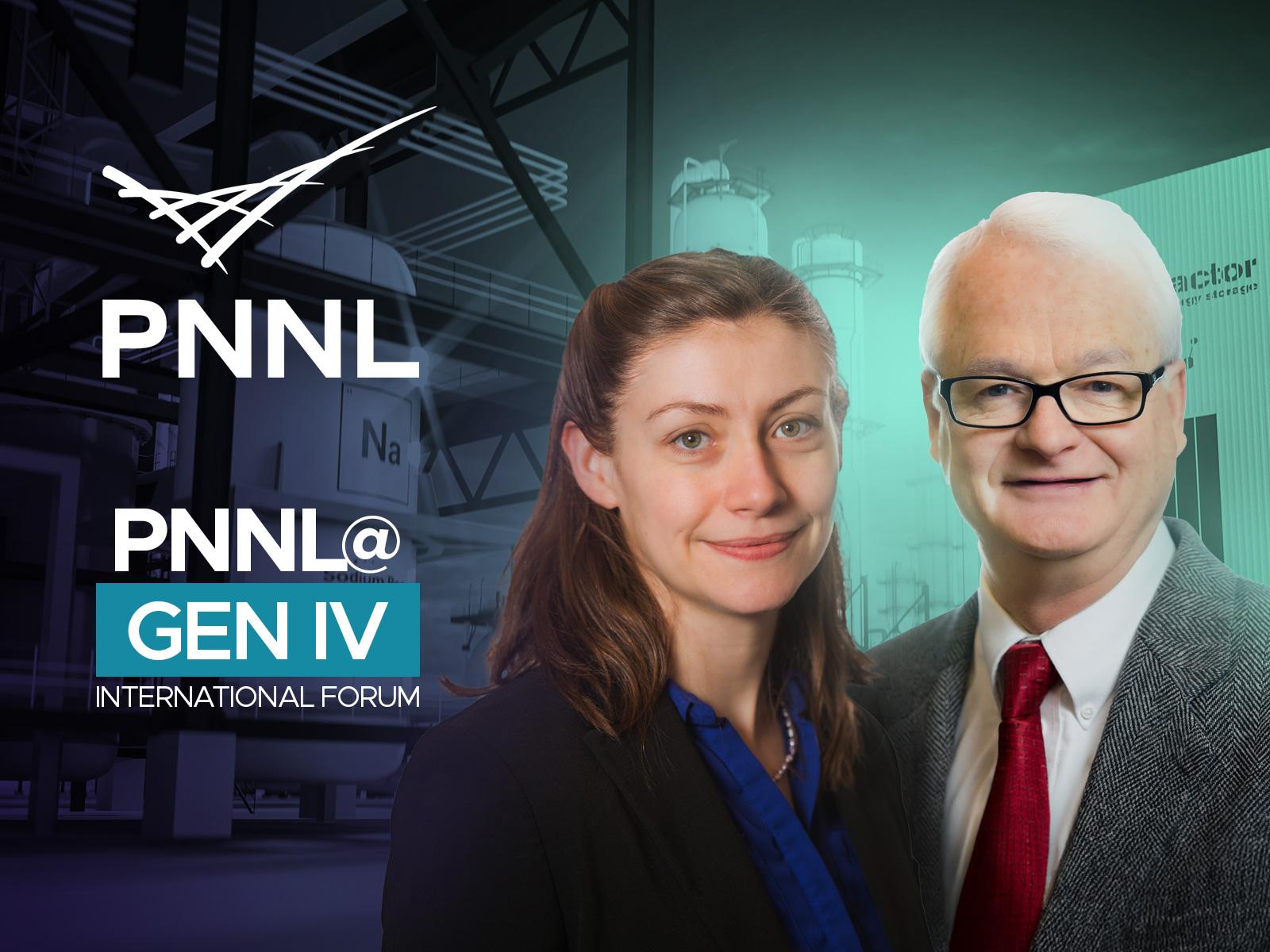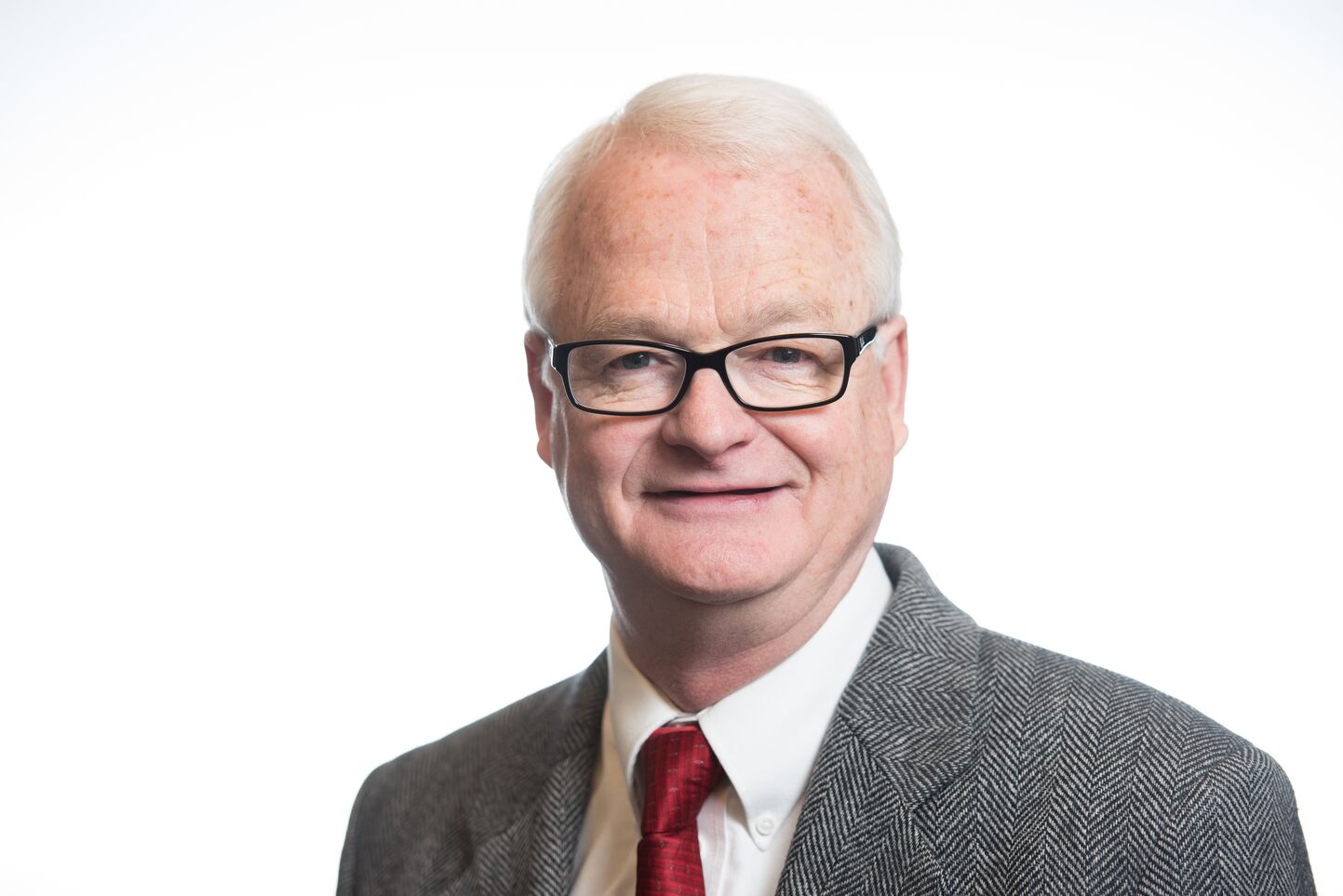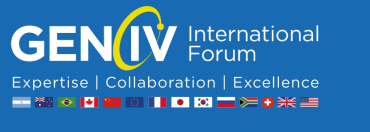Gen IV International Forum: Advances in Online Monitoring for Nuclear Fuel Reprocessing Streams

5:30 a.m. PDT, Wednesday, July 31, 2024
Virtual

Virtual
Pacific Northwest National Laboratory (PNNL) chemists Amanda Lines and Samuel Bryan will present “Advances in On-Line Monitoring for Nuclear Fuel Reprocessing Streams,” a free webinar for policymakers, managers, regulators, students, and the general public. This Gen IV International Forum webinar is on July 31, 2024, beginning at 5:30 a.m. PDT.
Process insight provided by in situ and real-time monitoring can be a game changing tool in the exploration of fundamental science, design of new chemical processes, optimized system scale-up, and cost-effective deployment of nuclear materials processing. Numerous tools can be employed to gain needed insight into process behavior, but if the goal is to gain an understanding of process chemistry, optical sensors are an incredible tool. Optical spectroscopy can provide in-depth chemical composition analysis, not only identifying and quantifying analytical targets, but providing oxidation state and speciation information on chemical species as well. However, applications within the nuclear materials processing field run into two major challenges. The first is that optical probes on the market are not always robust enough to support work in the harsh environment typical to nuclear materials processing schemes (e.g., the high temperatures of molten salt, the corrosive nature of HF gas streams, and the radiation from processing streams). The second is that nuclear material processing schemes are typically chemically complex. This is particularly true for examples such as waste streams from legacy environmental cleanup sites, reactor off-gas streams, as well as process streams from used nuclear fuel reprocessing.
In this webinar, the utilization of chemical data science will be discussed with application to key examples of processing in harsh environments. This includes utilizing Raman spectroscopy in conjunction with chemometric modeling to quantify polyatomic ions in legacy wastes and simulants exhibiting variable turbidity as well as applications to reactor off-gas analysis. Overall, optical spectroscopy-based monitoring can be applied to numerous processing streams within the nuclear field to enable more informed and safer process conception and deployment.

Amanda Lines is a chief scientist at PNNL with experience in the design and deployment of online monitoring and sensor technology. Lines graduated from Washington State University with her PhD in analytical chemistry after earning her undergraduate degrees in chemistry and chemical engineering from Purdue University. Her work primarily focuses on the development of optical sensors for highly harsh environments, such as those common to nuclear materials processing, as well as the application of chemical data science tools to enable advanced, automated data output.

Samuel Bryan is a Laboratory Fellow in Nuclear Chemistry and Engineering at PNNL. Bryan joined PNNL in 1990 and has over 35 years’ experience in optical spectroscopy, electrochemistry, and separations science. Bryan’s research interests involve the design and development of spectroscopic and spectroelectrochemical sensors for the measurement of actinides, lanthanides, fission products, and transition metal complexes in aqueous and molten salt media. He also serves as an adjoint faculty member in the Department of Chemistry at Washington State University.

In 2016, the Generation IV International Forum Education and Training Task Force began organizing a monthly webinar series to feature speakers from around the world, explaining why generation IV reactor systems are crucial for the sustainability of the nuclear fuel cycle.